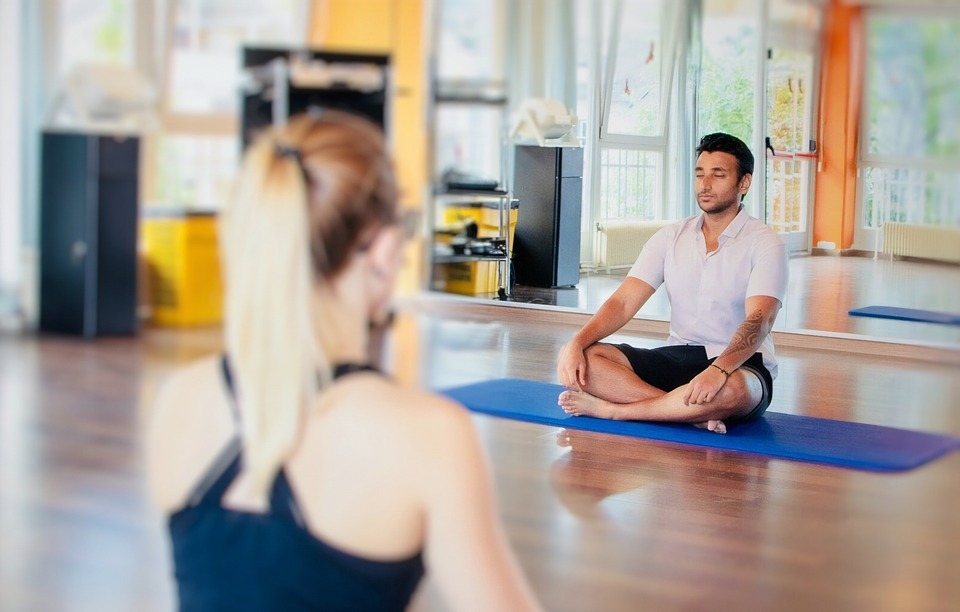The life of a student is full of stress. On the surface, college attendees may seem careless, but in fact, most of them struggle with a myriad of issues. Academic workload, personal relationships, financial problems, and constant lack of time, to name a few, can make anyone freak out.
Stress tends to cause even more stress, and anxiety disorders can result in depressions. This can lead to further problems in everyday life. So, are there any certain ways for students to escape this vicious circle and save mental health?
Definitely yes. In fact, there are a lot of them, from managing time and workload properly to training personal qualities and handling your writing assignments to writepaper.com and services alike. This last simple action alone can save you some nerves and give you some time to recharge batteries!
Also, a great way to relieve stress and anxiety is by doing physical exercises. Though almost any physical activity can benefit your mental health, there are some that work better than others. Read on to know more.
Running
Running is one of the most popular exercises in the world. The reasons are obvious: it’s free, and it doesn’t require anything more than will, consistency, and a pair of quality boots. What’s more, you can even do this exercise at home if you have a treadmill.
Running is also one of the most beneficial sports activities for both physical and mental health. For example, it can:
-
strengthen your muscles;
-
increase staying power;
-
protect you from cardiovascular diseases;
-
improve your learning abilities;
-
help sharpen your memory and more.
The most interesting thing is that it also helps alleviate stress and anxiety: running helps release endorphins (special hormones that our body produces) to relieve pain and stress.
Add to this the fact that when you run, you can be alone with your thoughts and try to sort things out. Or, if you have a running partner, you can both enjoy socializing.
Swimming
Here’s another activity that involves movement. It’s in some ways similar to running, but a bit less widely popular because to swim you need water. Still, if you don’t mind spending a certain budget on a season ticket to a swimming pool, this activity can be truly rewarding.
Swimming has the same effect as running. It releases endorphins that naturally help you ease stress. It also involves rhythmical breathing that can trigger the parasympathetic nervous system that’s responsible for stress ease and relaxation.
An added plus is the soothing effect of the water itself – it helps you to literally lift the weight and gives a massaging effect that’s great for calming down.
Finally, it is also beneficial for your physical health and wellbeing. Same as running, it helps you to:
-
improve cardiovascular health;
-
burn calories;
-
train muscles, and more.
Breathing Exercises
Breathing techniques can take as little as ten minutes of your day, but the effect may be tremendous. This is because the way we breathe is strongly interconnected with the way we feel.
Have you ever noticed how your breathing changes when you’re stressed and anxious? It becomes fast and shallow, which results in the disruption of the balance of gases in your body. It gets less oxygen, and that causes even more stress.
So, the simplest exercise is to just take several deep breaths while concentrating on the process. You will instantly feel better!
Another exercise is known as “4-7-8 breathing”. This is how it works, basically:
-
breathe in deep through your nose for 4 seconds;
-
hold your breath for 7 seconds;
-
exhale through your mouth for 8 seconds.
There are also lots of other, sometimes more elaborate, techniques. You can find a lot of them by entering “breathing techniques to reduce stress” in the search bar on YouTube.
Yoga & Meditation
Yoga and meditation are probably the most popular ways to reduce stress and anxiety. You can practice them alone in the comfort of your home with an online instructor, join offline classes, or just utilize free videos on YouTube. It doesn’t require much equipment, plus you can start training from just 10-15 minutes per session.
If you need physical exercise as well as mental, choose yoga – for example, hatha yoga which is among the most popular practices for stress relief. If you just want to calm down, start with meditation. It will help you relax, regain focus, and feel more in control of your own emotions.
More Ideas
Exercising regularly is vital for any person’s physical and mental wellbeing. And students, who have a huge workload while still being rather inexperienced in terms of stress management, need it more than anyone else.
We hope the ideas we offered will be sufficient for you to choose something to your liking. If not, you can always opt for something else. Dancing classes, stretching, pilates, aerobics… anything will do better than nothing!


